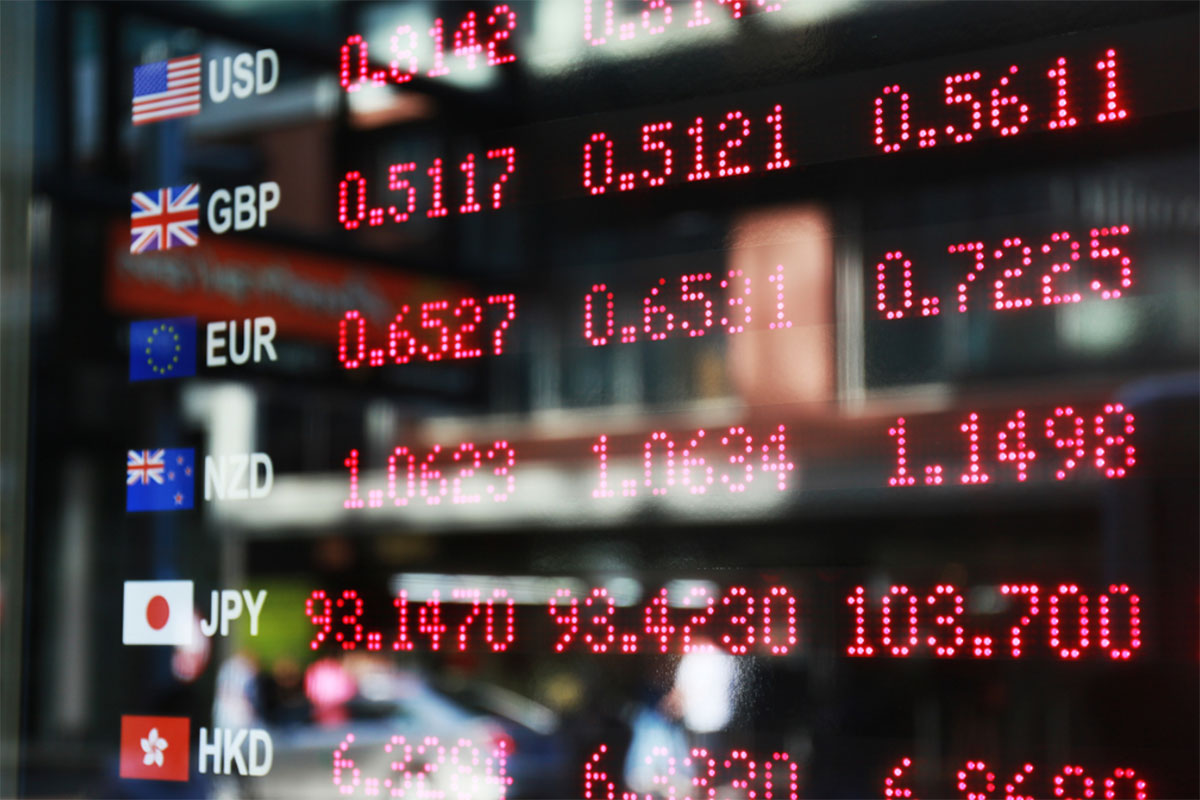Although forex charts used to be simple maps of currency movements, they are much more advanced today. Modern forex charts offer many more data points to consider, and you can think of analyzing them as part art and part science. Beyond just understanding what the data is saying, you need to be able to interpret exactly what it means.

Modern forex charts
In the modern world, forex charts will be presented in different ways. You may come across everything from basic line graphs to intricate candlestick configurations. Line graphs are perfect for beginners, as they offer a simple view of price movements over time. On the other hand, candlestick charts provide a more detailed look. They typically include opening and closing prices along with highs and lows during a trading period.
Timeframes are also a very important part of chart reading. There are tick charts that represent every single transaction, as well as monthly snapshots that are useful for looking at long-term trends. How do you decide which timeframe is most useful to you? This is largely dependent on your trading strategy. Traders who are interested in a quick scalping strategy might prefer shorter timeframes, whereas swing traders often favor a weekly or even daily view.
Price scales are another important factor in pattern recognition. For example, linear scales equate equal distances with equal price changes. This means that they’re intuitive, but they can distort perception when dealing with high-volatility assets or longer periods of time.
The importance of candlesticks
As mentioned previously, reading forex charts is part art and part science. In the same way that an artist uses a paintbrush to create the overall picture, forex traders can use candlesticks to paint a picture of the overall market sentiment.
Every candlestick has two key parts: the body and the wick. The body is a representation of the opening and closing prices within a specific timeframe, and the wicks show the highs and lows outside this range. This is useful as it tells us whether buyers or sellers were most successful during that period.
Identifying patterns is really what candlesticks are useful for. They offer clues about what might come next. A bullish formation could suggest upward price movement, a bearish pattern might indicate a possible downturn, and a continuation formation could mean that things are likely to continue just as they are now.
Altering charts for enhanced pattern recognition
Beyond candlesticks and price changes, forex traders can add even more data into the mix to help them identify even more patterns. One way to do this is to involve moving averages (MA). An MA is where you look at the closing prices of a pair of currencies over a set number of periods and then calculate the average closing prices. MAs can be a useful way to identify trends by smoothing out price fluctuations.
The concept of Fibonacci tools is also interesting. Essentially, traders use them to identify the levels in the market where there may be support and resistance. This is based on the ‘code’ made popular by an Italian mathematician in the 1200s, and forex traders can use these tools to place entry orders or determine stop-loss levels.
Other indicators such as Relative Strength Index (RSI), moving average convergence divergence (MACD) and stochastics can be used to further refine your analysis, depending on your goals. In reality, there are many different concepts and strategies to do this.
Historical data and predictive analysis
In addition to simply monitoring price changes, there are many other types of historical data that can be relevant, and this serves as the backbone of predictive analysis. One concept that’s particularly relevant here is backtesting. This is where you test your strategy against past market data to see how well it would have gone. Doing this before trading for real can help you identify what things worked well and what didn’t, potentially guiding you on what parts of your strategy need to change.
Something else to consider is that things that have happened in the past are likely to reemerge in similar ways in the future. As the saying goes, ‘History doesn’t repeat, but it often rhymes.’ For forex traders, this means that you can identify what patterns there were in the past that resulted in big market movements and then try to look out for those same patterns appearing again. Based on these patterns, traders can program a forex robot to perform preset trades that are profitable more often than not.
Mastering the art of forex chart reading requires diverse ways of thinking and an ability to pivot when the time calls for it. Think of the forex market as a giant puzzle with lots of little pieces that you need to figure out. Different pieces require different types of analysis, so avoid the trap of being overly reliant on any one strategy.









